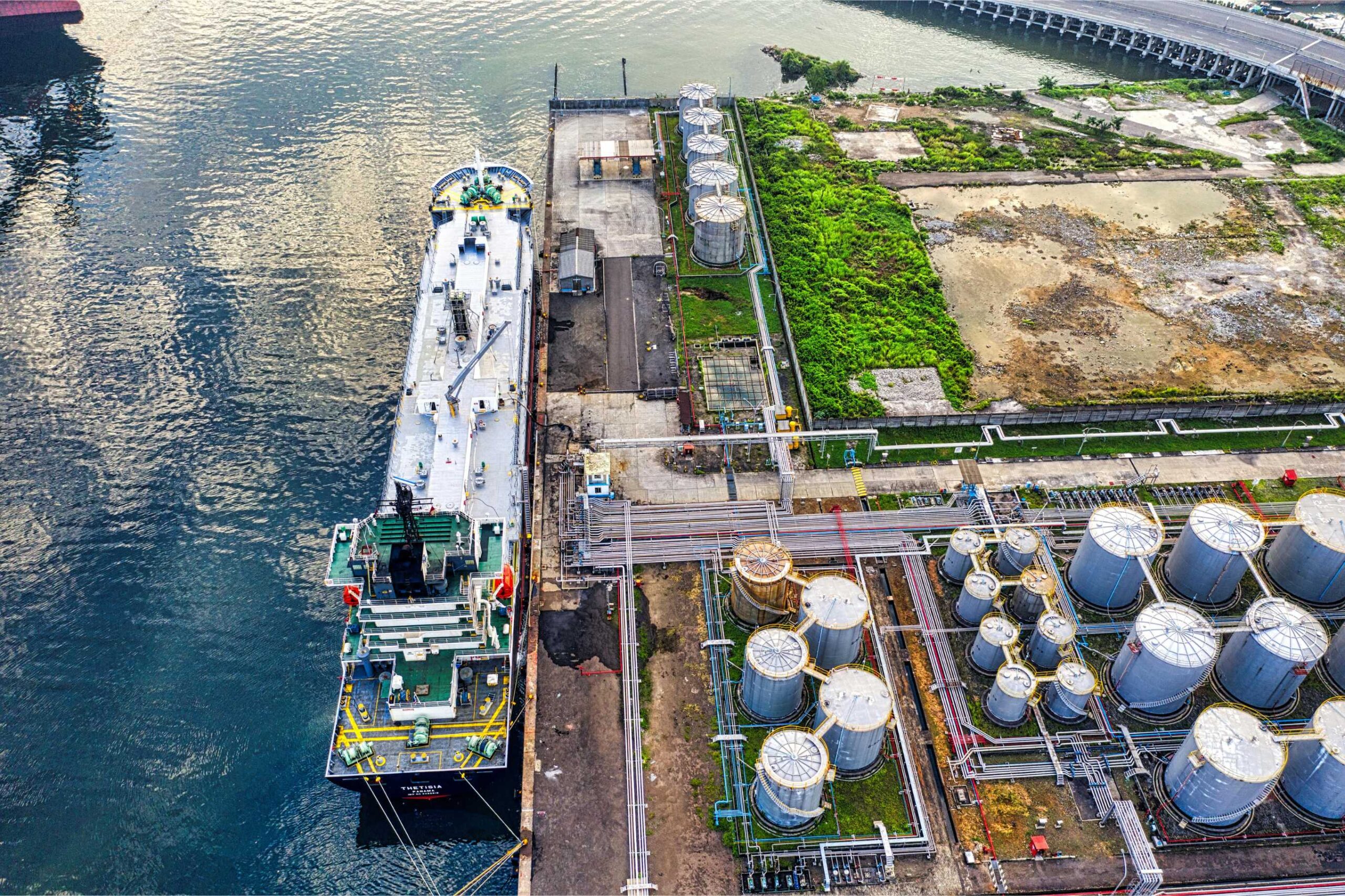In pavement design principles, the use of a ‘post’ cracked life is designed for in heavily bound cemented materials once the ‘pre’ cracked life is consumed and is based on the theory that the effective plastic strain limit is reached for the cemented material which undergoes an isotropic – anisotropic behaviour transition.
With the increased use of Polymer Cement Modification, it is believed the additional flexibility provided by the cementitious cross-linking of the polymer may not be representative of traditional principals adopted for cement may be altered given the increased plastic behaviour of the composite material (much like the flexural behaviour gained with the use of reinforced steel in a concrete beam).
When nominating the design parameters for a traditional cement treated pavement, the conventional cemented fatigue relationship is adopted which is a correlation derived from Unconfined Compressive Strength (UCS) and micro-strain in isolation to determine the effective remaining fatigue life. This relationship has been developed on the characteristic behaviour and brittle nature of conventional cemented gravel and makes no allowance for the increased flexural strength provided by the Polymer Cement Modification (PCM).
To incorporate a Polymer Cement Modification (PCM) material into the conventional cemented fatigue relationship, it is expected that a PCM factor may be applied depending on the Polymer Cement Modification PCM concentration and composition of polymer.
Where:
N = allowable number of repetitions of the load
Are environmental regulations, health and safety concerns or potential profit loss a concern right now?
μe = load induced micro-strain at the base of the cemented material
E = cemented material modulus
RF = desired reliability factor
PCMF = Polymer Cemented Factor (determined by fatigue testing)
It is expected with the addition of the polymer and the additional flexural strength that the bound cemented material may result in a reduced stiffness and a significantly higher fatigue exponent, providing a flexible and durable pavement material.
This concept infers that the pavement material provides a significantly greater ‘pre’ cracked phase and is considered to provide the stiffness benefits of a Cement Treated Base (CTB) pavement material with an extended and prolonged fatigue life.
The benefits of extending the ‘pre’ cracked performance life of a bound material provides additional stiffness to the overlying pavement layers and support over the underlying pavement layers.
This increased flexibility and durability is expected behave in a bridging manner, spreading the load effectively, reducing the rutting potential and provides additional resistance to overloaded vehicles.
For more information on Polymer Cement Modification (PCM) or Global Road Technology please contact us.
MORE INDUSTRY ARTICLES
April 24, 2024
Port Hedland Supports Australian Jobs
April 19, 2024
LNG: What is it, and why does it Matter?
MORE INDUSTRY ARTICLES
April 24, 2024
Port Hedland Supports Australian Jobs
April 19, 2024

